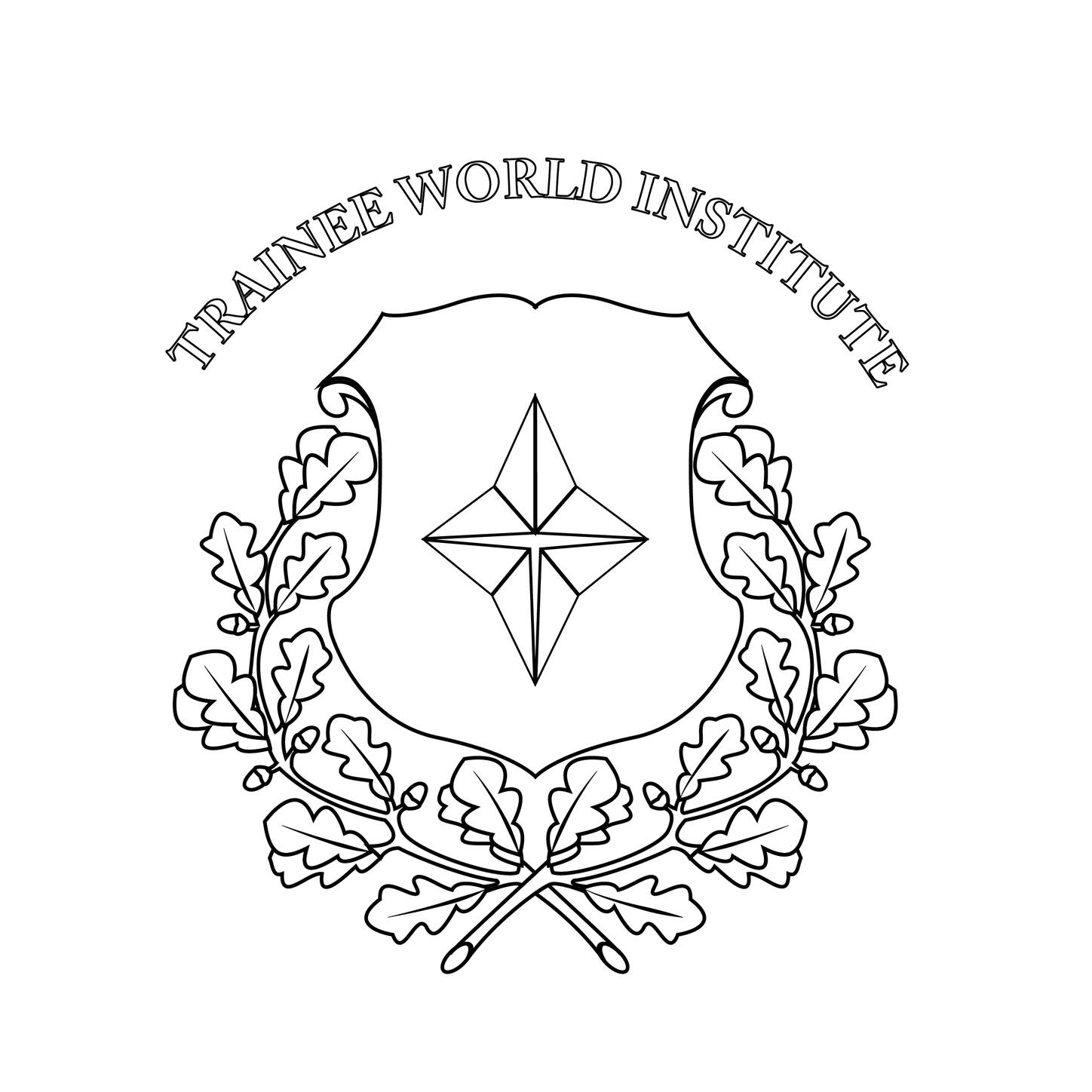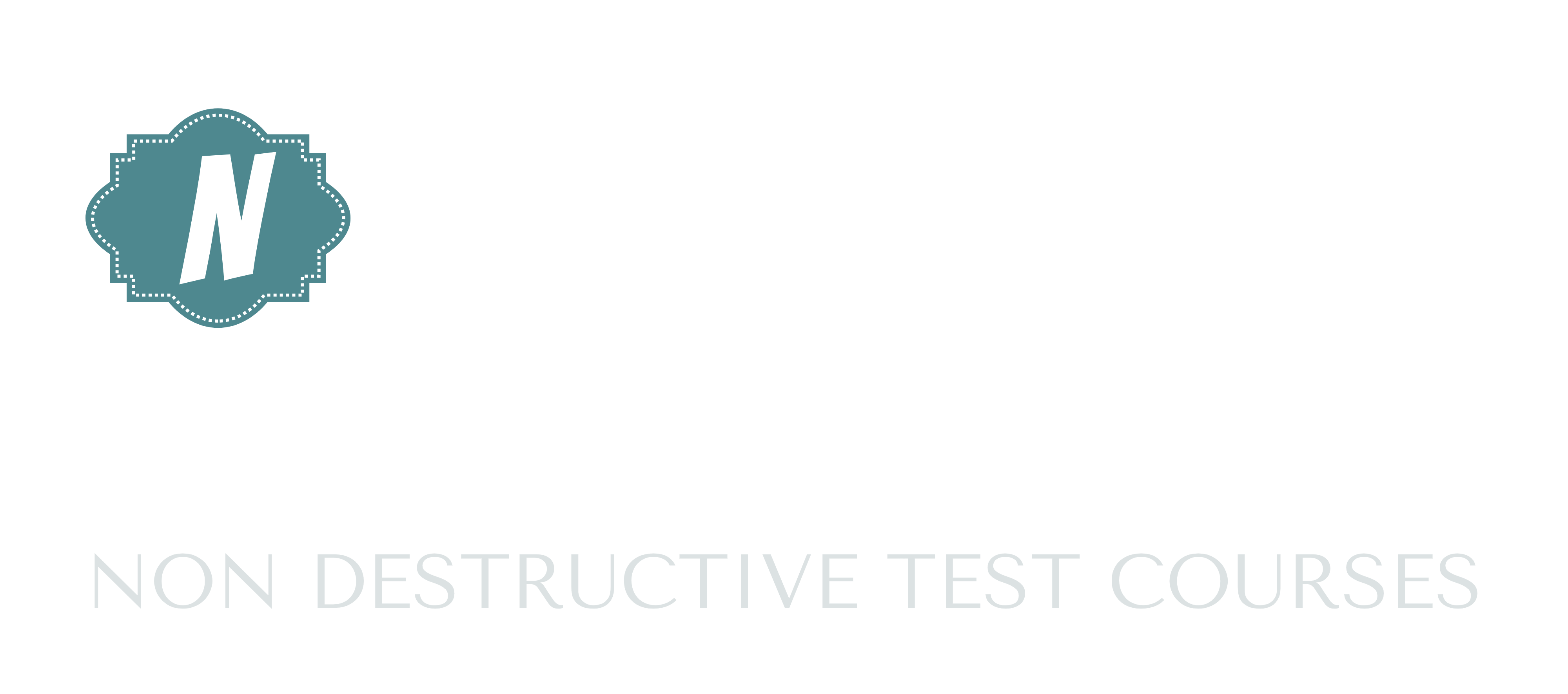


1-Baic principles
1.2 Process of various methods
1.3 Equipment
2-Selection of the Approporiate penetrant testing method
3-Inspection and Evaluation of Indications
3.1 Discontinuties inherent in various material
3.2Reason for indication
3.3Appearence for indications
3.4 Time for indications to appear
3.5 persistence of indications
3.6Effects of temperture and lighting ( white to UV).
3.7 Effects of metal smearing operations
3.8 Preferred sequence for penetrant inspection
3.9 Part preperation (precleaning ,stripping ,etc..)
4- Factors affecting indications
4.1 Pre-cleaning
4.2 penetrant used
4.3 Prior processing
4.4 Technique used
5-Indications from cracks
6-indication from porosity
7-Indication from specific material forms (forgings,casting,plate,welds,extrusion).
8-Evaluation Of indication ( True,false,relevant,nonrelevant indications).
9-inspection procedures and standards
Magnetic Particle testing (MT) طريقة الفحص بالجزئيات الممغنطة
1-principles
1-1 theory (flux patterns,frequency and voltage factors,current calculations,surface flux strength)
1-2 magnetic and magnetism (distance factors versus strength of flux,internal and external flux patterns,phenomenon action at the discontiuity)
2- flux field
2-1 direct current
2-2 direct pulsating current
2-3 alternatic current
3- effects of discontinuities on materials
4-magnetization by means of electric current ( circular techniques,longitudenal technique,current calculations ,discontinuities commonly detected)
5-selecting the proper method of magnetization.
6-demagnetization procedures
7-equipment (portable type,stationary type,automatic type,multidirectional units,liquid and powders,uv radiation type,light sensitive instruments)
8-types of discontinuities
9- evaluation technique (use of standards,need for standard and references)
10- quality control of equipment and processes
Radiographic testing (RT) التصوير الشعاعي وقراءة الأفلام
1-basic radiographic principles (interaction of radiation with matter,esposure calculations ,radiographic image quality parameters)
2-darkroom facilities (automatic film processor versus manual processing ,safe light,viewre light,loading bench)
3- film loading (general rules for handling unprocessed film , types of film packaging , casset loading techniques for sheet and roll)
4- protection of radiographic film in storage
5-processing of film – manual (developer and replenshiment ,stop bath,fixer and replenshment,washing,prevention of water spots,drying)
6-unsatisfactory radiographs-cause and cures (high film density , insufficient film density , high contrast , low contrast,poor definition,fog)
7-film density ( step-wedge comparion film ,densomiteres)
8-indications ,discontinuities and defect (inherent , processing , service discontinuites).
9-manufacturing processes and associated discontinuites ( casting , wrought processes ,welding processes discontinuites)
10-safety princibles (controlling persone; exposure, time and distance and shelding concepts)(alara concept,radiation detection equipment)
11-radiographic viewing (film illuminator requirments , background lighting ,film identification ,location markers,film density measurments)
12-application techniques (multiple film technique , film speed,film latitude ).
13-enlargment and projection
14-evaluation of castings , welding defects
15-standards,codes and procedures for radiography
15-1 astm standards
15-2 acceptable radiographic techniques and setup
15-3 procedure for radiograph parameter verification
15-4 radiograph reports.
Visual testing course topics طريقة الفحص النظري
1-introduction of visual testing and remote visual inspection (history , applications , advantages and limitations).
2-fundamentals
2.1 vision (anatomy of the eye and mechanics of vision )
2.2 vision limitations (perciptions ,orientation , disorders).
2.3 employers visual acuity examination methods
3- lighting (fundamentals of light , lighting measurments)
4- material attributes (cleanliness ,color , condition , shape , size , temperatur , texture , type).
5- environmental and physiological factors
6- principles and theory (optics , lens optics , fiber optics )
7- video technology (video camera charged coupled devices ccd)
8- equipment (lighting , direct test equipment -magnification ,mirrors,gages,micrometer ---- indirect test ,borescope,push tube camera ,craweler camera)
9- napplications and technique (metalic materials ---welds ,casting , forgings , extrusions , wrought formed , mechanical connection)
10- visual testing and remote visual inspection requrments ( codes , standards , procedures ).
11- recording and documentation ( technique reports , data reports , image recording method)
Ultrasonic TEST METHOD ( UT ) طريقة الفحص بالموجات فوق الصوتية
1- TESTING METHOD
1-1 CONTACT TEST (STRAIGHT BEAM , ANGLE BEAM ,SUFACE WAVE AND PLATE WAVE,PULSE ECHO TRANSMITION,MULTIPLE TRANSDUCER)
1-2 IMMERSION TEST
1-3 COMPARTION OF CONTACT AND IMMERSION TEST
2- CALIBRATION
2.1 EQUIPMENT (MONITOR DISPLAY AMPILTUDE AND SWEEP ,RECORDERS , ALARMS TRANSDUCERS)
2.2 CALIBRATION OF EQUIPMENT ELECTRONICS (VARIABLE EFFECTS,TRANSMISSION ACCURACY,CALIBRATION REQURMENTS,CALIBRATION REFLCTOR
2.3 INSPECTION CALIBRATION (COMARSION WITH REFERENCE BLOCK ,PULSE ECHO VARIABLES ,REFERENCE FOR PLANNED TEST)
3- STRAIGHT BEAM EXAMINATION TO SPECIFIC PROCEDURE(SELECTION OF PARAMETERS.TEST STANDARDS,EVALUATION OF RESULT,TEST REPORT)
4- angle beam examination to specific procedure (selection of parameters,test standards,evaluation of result,test report)
5- review of ultrasonic principles
5-1 equipment (a-scan ,b-scan,c-scan,computrized system)
5-2 testing techniques
5-3 calibration (staright beam, angle beam ,resonance ,special applications).
5-4 evaluation of base -material product form
5-5 evaluation of weldments(welding process ,welding geometries,welding discontinuity ,application code/standard)
5-6 discontinuity detection (sensitivity to reflection ,size and type of discontinuity ,technical used in detection,wave charecteristic,material velocity)
5-7 resolution
5-8 determination of discontinuity size(transducers movement versus display,two dimentional testing technique,signal pattern.
5-9 location of discontiniuty (various monitor displays,amplitude and linear time, search technique).
5-10 evaluation (comaprsion procedures --- standards and references –ampiltude area and distance relationship,application of results )